R3 is on everyone’s mind in the outdoor industry.
The threat of a fading generation, coupled with a lack of interest from new generations, is looming over this classic culture. The Holy Grail we are searching for is how to truly engage a new generation in a dying tradition. Sure, there is a lot of doom and gloom in the mainstream hunting industry, but nestled in niche markets across the country there is light at the end of the tunnel.
R3 – Where it all began
A few years back I had a bit of a “cultural crisis” when it came to hunting. I had grown up hunting but not in the heartland of the hunting industry. My home town was just outside of Boston, and my first mark in the hunting industry was a controversial book called “The Urban Deer Complex.” I had really taken to heart the Teddy Roosevelt quote, “Do what you can, with what you have, where you are.”
The irony of the book is that it would push me away from deer hunting. I felt like I had lost my way into some trophy-drunk culture and I was just as guilty as the next. I had always prided myself on being a conservationist, an advocate for organic food and sustainable living. Although I had found comfort in the world where Mother Nature pushed back against manmade development, I began to venture further north.
I started spending a lot of time pursuing ruffed grouse in the hunting camps of my youth. I brought my camera along and some friends from the nightclub business in which I had spent the past six years of my working life. From that trip came a random film that had no intentions of going forward. It was called “Searching – A New England Hunting Tale.”
The film had one goal: to show an honest and candid look at how desperate I was for an escape. Later, that film was picked up by the Ruffed Grouse Society and from that first film came the birth of the award-winning series, Project Upland. It was and is a series built on narrative-driven, honest content that would give inspiring and visually stunning stories to hunters and non-hunters alike.
R3 – Achievable Adventure means Emotionally Inspiring
The code for R3 was being broken along the way and at first that was not the intent. Having grown the company collective with like-minded individuals, we felt there was a need for achievable adventures in our content. The idea of “adventure in our backyards” is what the Urban Deer Complex was built on. That model proved to carry over well to the upland hunting culture. Things had to be relatable, honest and humble for viewers to become participants as they began to feel the emotion of the people in the films. This portrayal is called lifestyle marketing.
Even though I would love to hunt sheep in the highest of mountains, the idea is foreign and unobtainable. But the idea of escaping into a Ripley painting in the north woods of New England, well, that was real to me. When I made films about fellow New Englanders, I could feel the emotion. One of our early films “The Experience” would literally bring tears to my eyes.
It was apparent other people felt the same way. We brought that model to other parts of the country, telling the stories of everyday men and women who felt an emotional bond with the outdoors. It worked.
R3 – About the many and not the one
Do you want to make content that’s relatable? Then do not take one person hunting worldwide in a hundred different ways. It is not real, and it is unappealing to a generation built on DIY and self-living cultures like sustainable living. That is why the current trends in hunting shows and hunting culture are not appealing to people in target demographics of 25 to 44. They do not want superheroes. They want HONEST reality, not reality TV.
The trophy here is the one we achieve as individuals, not as competitors. That is part of the negative stigma when we call hunting a sport. Sport implies competition — it does not imply conservation and sustainability. We need to recognize that the motives of key demographics have not been the drivers of this industry.
R3 – Quality of Content Matters in Recruitment
In the 21st century content is king. That is Marketing 101. However, quality of content rules the ranks of a flooded culture — and we do not mean the hunting culture. The reality is that recruiting new hunters from non-traditional backgrounds means competing with the highest quality of content markets across the culture. Many seem to get lost in a “hunters appealing to hunters” mind-set when it comes to the recruitment segment of R3.
The outdoor industry has been late to the game in content quality, high-end production, artist expression, and all the other factors that are inspiring people to buy video games, go on vacation, read new best sellers, go to the movies and everything else vying for our attention. The harsh reality is that unless content is innovative in production it will be lost to a larger and greater noise.
As those on the forefront of R3, we need to be competing across mainstream society to have a true impact on gaining the attention of a new generation.
R3 – Consistence Matters
One-hit-wonders are great, but in an ever-changing world, longevity is paramount to capturing an audience. Our audience is always thirsty. Netflix created the binge watch world, so much so that they cannot produce enough to satisfy this content-hungry culture.
This is where we begin to bridge the gap of true lifestyle marketing. In some cases, this is where we begin to seed iconic branding. Our platform, Project Upland, is not just a film or an article. It is an idea that births organic viral marketing. It is a hashtag that says, “This is me.” It is a hat and a T-shirt that say, “This is the life I choose.”
To connect with people on that level requires consistence. It requires a platform that has long term goals with progressive distribution and a clear vision of social marketing. All the pieces need to make up the whole and a long-term clear vision of an established brand that will never satisfy an ongoing thirst which leads us to new formulas in film.
R3 – New Formulas that Broke TV
The way we consume TV has changed more than many of us every imagined. The cable industry is scared, as they should be. The invention of “on-demand” content certainly did not go the way cable providers planned. The important part of this change was the breaking of structure.
Suddenly, twenty-two-and-half minutes is starting to become an ancient idea. Short form, or even more importantly, fluid time change based on the idea of quality rather than quantity has done wonders for film. When Game of Thrones can have episodes ranging 50 to 90 minutes we begin to understand that the story dictates the time rather than a meaningless structure.
When we produce films, we only use the time necessary to tell the story which increases quality of production. Even greater, it leaves people wanting more. That thirst for more is the foundation of lifestyle branding.
R3 – Proof that this Recruitment Model Works
Our lifestyle brand – Project Upland – is in its third season. With 1.5 million film views in year two alone it has become viral in the upland community. We recently did a survey of our followers and received more than 1,500 responses to help us confirm and evaluate the effectiveness of our lifestyle branding efforts. While there were many interesting data sets gathered from the survey, here are a few stats that are directly relevant to 21st century marketing through lifestyle branding.
So what are our core demographics? Ages 25 to 34 make up the greatest part of our engagement (30 percent), on top of a 21 percent following among women. More impressively, the brand has a following of 30 percent who are first generation hunters (i.e., neither of their parents hunted) self-identifying as hunting being part of their lifestyle or an active hobby. A whopping 91 percent of respondents felt as though the lifestyle brand had a positive impact on each individual’s “want” to go hunting.
The overwhelming majority of respondents (87 percent) felt as though the lifestyle brand – Project Upland – accurately represented them as a hunter whereas 48 percent of respondents felt that upland hunting media on cable television did not represent them as a hunter. To add to this, 62 percent of respondents felt that the upland hunting media on cable television did not paint an accurate picture of what hunters could expect when they went afield.
There are plenty of licensed activities in existence that are not in fear of dying and have followings which are inspired to follow through. Our job as a commercial media outlet is to inspire these people and connect them to relevant non-profits and government agencies where they can continue the process. We provide the inspiration that not only creates awareness and interest to take the first step through hunter safety but also advertise opportunities to connect with those currently engaged for a trial opportunity. After a trial opportunity, participants then circle back into our media outlets which provide social support and on-going content to supplement the need for long-term growth of both knowledge and skills throughout the “continuation with support” stage of the ORAM (Outdoor Recreation Adoption Model). This sense of purpose provided through an array of varying mediums is an integral part of keeping the system glued together.
Applying this model of lifestyle branding has proven to work in a non-commercial environment, as well. For two years we applied our model assembling the Ruffed Grouse Society #HealthyForests campaign aimed at diving new memberships and taking a massive step to protect the future of young forest habitat. This hugely successful campaign was further proof that while all forms of hunting, angling and shooting sports have struggled with effective PR, there is no better time than right now to take advantage of the evolution of media.
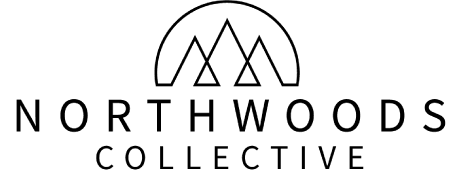
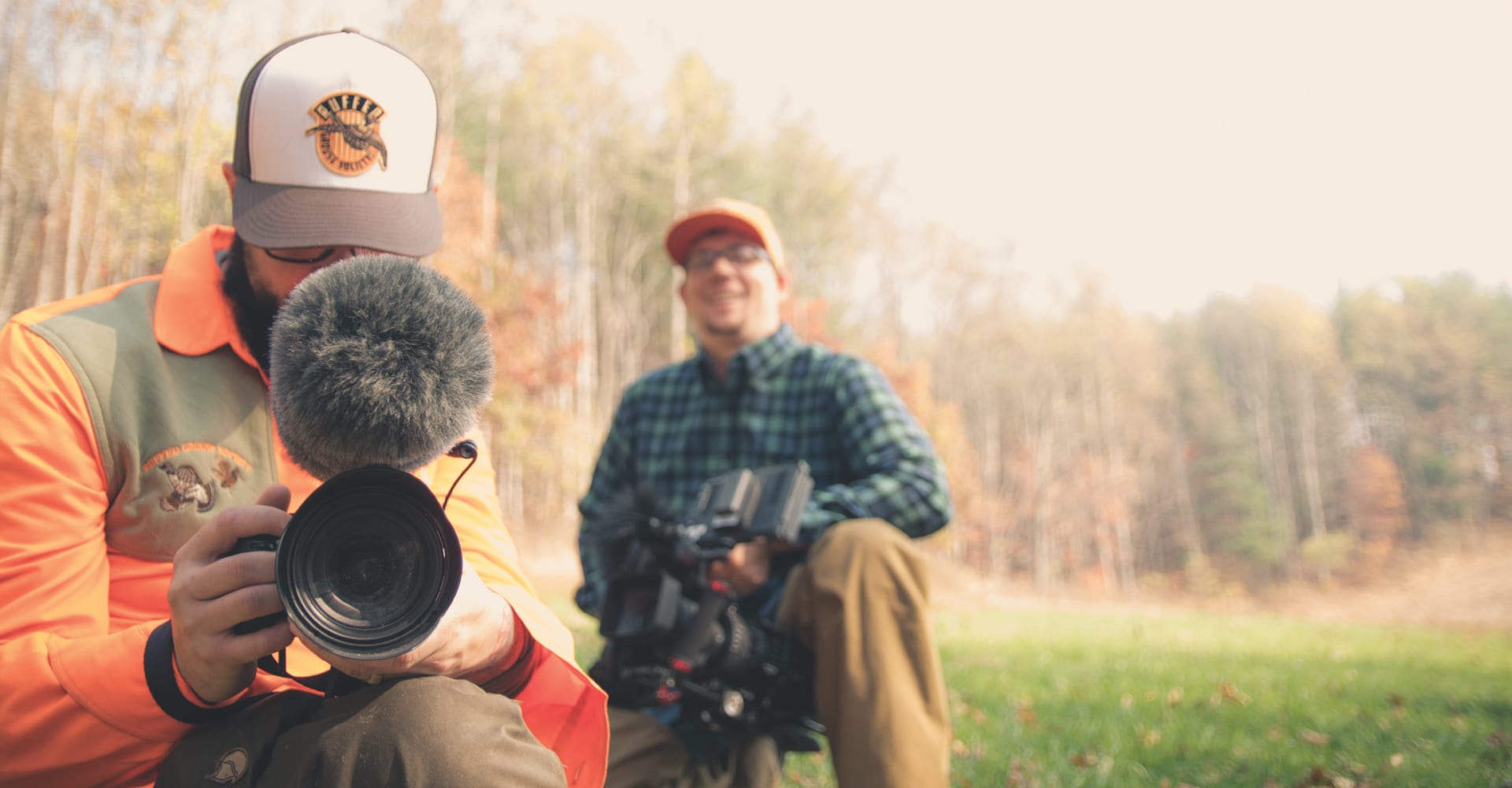
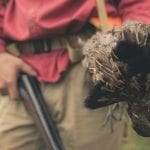
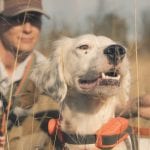
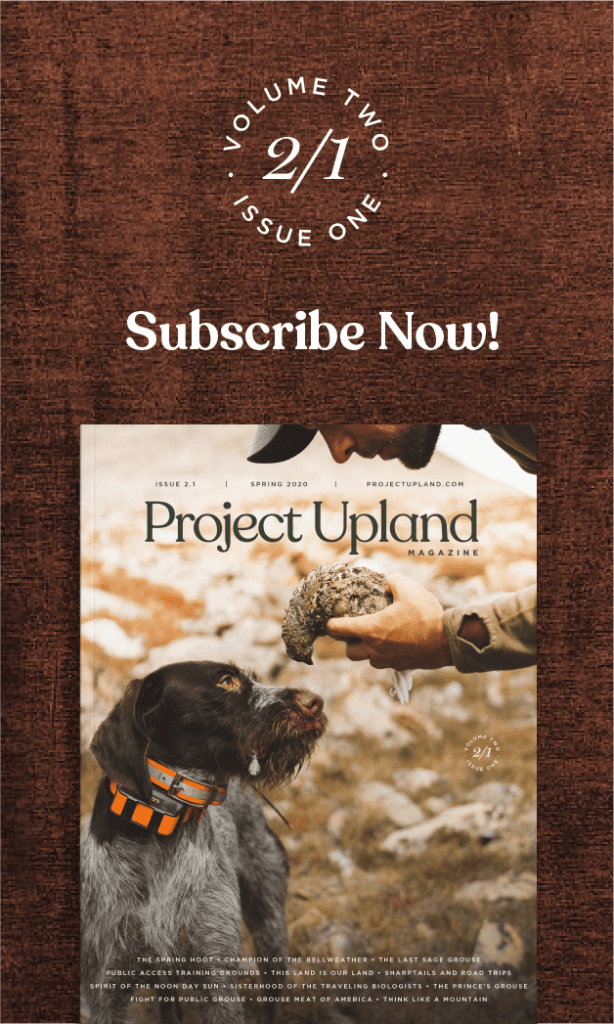
[…] we mentioned in our article “R3 – Cracking The Recruitment Code Through Film,” we need to recognize that the motivations of the key demographics we are seeking are not the […]
[…] we mentioned in our article “R3 – Cracking The Recruitment Code Through Film,” we need to recognize that the motivations of the key demographics we are seeking are not the […]
It would be nice to have an upfront definition of “R3” in these articles…it is a new term to me and I have to pick it up through context and guessing here…..important issues, but please be clear.